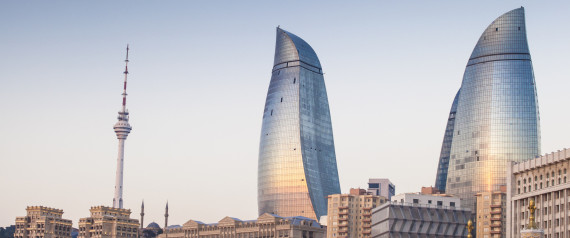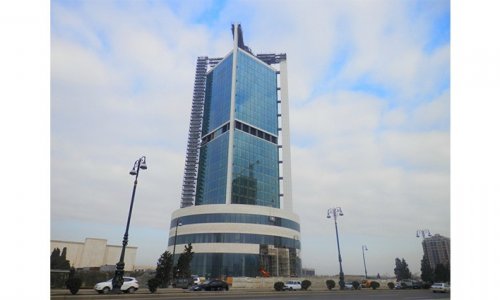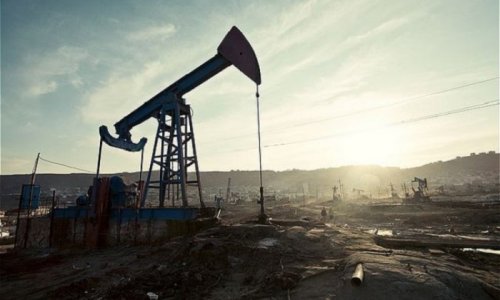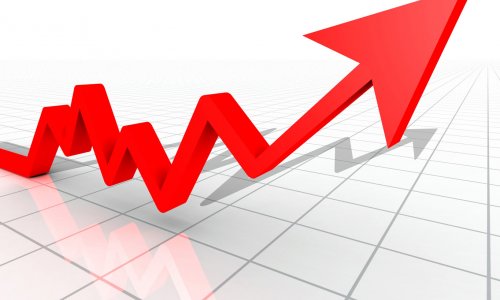Azerbaijan is a resource-rich country in the South Caucasus region that has used its resource wealth well over the past decade. Poverty has been reduced, the middle-class has grown, and the country has made progress on sharing prosperity among its population of 9.4 million citizens.
From 2007 to 2012, the incidence of poverty in Azerbaijan – based on the national poverty line – fell dramatically from 15.8 percent to 6 percent. During that same period, the unemployment rate dropped also – reaching about 5.2 percent in 2012.
Nevertheless, there are concerns today that the previous positive trends in poverty and unemployment reduction are at risk of stalling, or even reversing. Much of the risk relates to an over-dependency and concentration of employment in certain sectors, together with a rapidly growing population of young people entering the labor market. In addition, the current slowdown in oil revenue is compounding the risk even further.
Consequently, there is a growing need for the implementation of institutional reforms and a range of policy interventions that support increased employment in the private sector, greater entrepreneurship and competitiveness, and adequate skills training for young people.
While the unemployment rate is on the decline, the proportion of the employed among the work-able population has been decreasing. This is mainly due to the increased inactivity. Labor force participation declined from 83 percent in 2005 to 78 percent in 2012. Had labor force participation not decreased in recent years, unemployment would be about 11 percent today – 6 percentage points higher than the current rate of 5.2 percent.
One of the main obstacles to job creation in the country is the employment dependency on the agriculture sector. This low-productivity, low-growth sector remains Azerbaijan’s largest employer, absorbing 37 percent of the workforce, but contributing only a little over 5 percent of GDP. Indeed, rural poverty is largely explained by the reliance on subsistence agriculture. The mining sector, on the other hand, is capital-intensive and, despite its contribution to over 40 percent of GDP, does not create many jobs: it employs only about 1 percent of the entire workforce.
Azerbaijan’s "youth bulge” will also become a challenge in the years to come. With a significant portion of the population comprising young people, Azerbaijan expects a continuously large influx of youth into the labor market over the next three decades. At the beginning of 2014, young people under 25 years of age constituted 40 percent of the total population, while those under 35 years represented 60 percent of the total population.
More than 70 percent of the country’s population is currently within the working-age range of 15 to 64 years, a share that is estimated to remain as high until the year 2025. By then, the working-age population is expected to have increased by a net number of more than 350,000 persons.
With such socio-economic and demographic developments, Azerbaijan faces a number of challenges regarding future poverty reduction and job creation, especially for young people entering the labor market.
Net job creation generally reflects the pace of economic restructuring. As such, institutional reforms are needed in Azerbaijan to support employment creation in the private sector. Promoting competition is also essential to this effort. Importantly, reforms made in recent years have helped Azerbaijan move up its ranking on the Global Competitiveness Index from 72 in 2011 to 38 in 2014-2015.
Nonetheless, Azerbaijan needs continued improvement. It will be important to define and enforce property rights, while decreasing costs and simplifying processes for tariffs and trade. In the 2015 Doing Business rankings, Azerbaijan ranked 80 out of 185 countries with regard to ease of doing business. Although ranked high on business entry indicators, constraints persist with regard to trading across borders, getting electricity, and dealing with construction permits.
Skilled Labor Force
In Azerbaijan, access to basic education – grades 1 to 9 – is almost universal and equitable. However, the country has not yet seen a visible improvement in terms of student performance at the general education level. For example, in the 2009 Program for International Student Assessment (PISA) test for 15-year olds, Azerbaijan did very poorly: out of 65 countries, it ranked 64 in reading, 63 in science, and 45 in mathematics.
With regard to tertiary education, Azerbaijan’s government has initiated limited reforms, resulting in limited access and quality. The enrollment rate in university and college education is around 20 percent, which is low for an upper-middle income country, especially when when compared with 25.5 percent for middle income countries and 33.4 percent for upper middle income countries.
Access to tertiary education is not only limited, but also inequitable. In terms of quality, 54 percent of business firms indicated that lack of adequate skills and education of workers is a major obstacle, according to the latest Business Environment and Enterprise Performance Survey (BEEPS). An "inadequately educated workforce” is considered the third most problematic factor for doing business, after corruption and tax rates.
Although Azerbaijan’s overall ranking in the 2014-2015 Global Competitiveness Index is 38th place, the country’s ranking for the higher education and training pillar is only 90th, while the health and primary education pillar is ranked even lower at 104th.
Incentives to Work
Azerbaijan’s achievements in poverty reduction and shared prosperity in recent years have been driven mostly by rising social transfers, pensions and real wages, rather than by an increase in access to more and better economic opportunities. Between 2005 and 2013, employment rate decreased from 77% to 74%.
Social transfers and pensions have grown substantially in recent years, benefiting primarily the poor and those at the bottom of income distribution ladder, and currently account for 4.8 percent of GDP. Creating opportunities and incentivizing people to work, therefore, needs greater attention and increased effort in Azerbaijan going forward.
(World Bank)
ANN.Az
Follow us !











